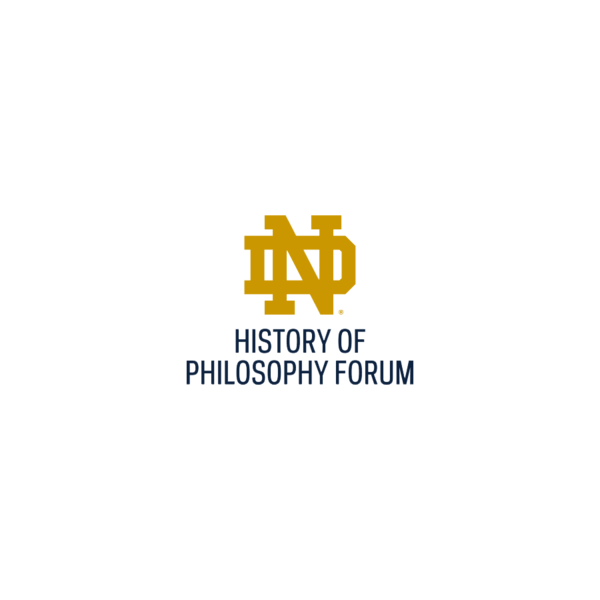Tyler A. Stewart

Visit: Summer 2023
Project Title: The Evolution of Evil: Spirits and Demons in Second Temple Judaism and Early Christianity (200 BCE – CE 100)
Malevolent spirits and demons pervade the literature of early Judaism and Christianity. Modern readers are perplexed or embarrassed by these beings. Often, spirits and demons are begrudgingly acknowledged as an embarrassing relic of a prescientific worldview. Occasionally, when spirits and demons are discussed in biblical scholarship, they are interpreted as an ancient idiom for psychosis or political oppression. Neither dismissive embarrassment nor psychologizing reinterpretation sufficiently accounts for the significant role given to spirits and demons in early Jewish and Christian literature. This study provides a descriptive account of the development and significance of malevolent superhuman beings in Jewish and Christian literature from the Hebrew Bible to the Synoptic Gospels. This book tells the history of spirits and demons and how that history informs the Synoptic Gospels.
There are three phrases to the story. First, there is a profusion of interest in spirits and demons in early Jewish literature that contrasts the relative scarcity in the Hebrew Bible. Why did Jews of this period develop such a robust discourse about spirits and demons? The increased cultural interaction and concern for evil in the Second Temple period gave rise to substantial reflection on superhuman evil. Profound social and political turmoil as well as wider cultural awareness provided the space for theological development about the nature of superhuman evil.
Second, the narratives providing conceptual reference for the origin and nature of spirits and demons shifts dramatically over time. In Jewish literature, there were several different stories to explain the essence and origin of malevolent spirits. In some accounts, spirits are created by God to punish the wicked. In others, malevolent spirits are an aberration of created order, afflicting the righteous. In Greek literature, demons are often portrayed positively and the notion of malevolent demons is associated with superstition. As these distinct traditions converge in the Greek texts of Jewish writers, a new conceptual framework for the origin and nature of spirits and demons emerges. It is in this same period that the Synoptic Gospels are written.
Third, the Synoptic Gospels participate in the evolving conceptuality of superhuman evil and definitively shape it. The Gospel of Mark is one of the earliest sources to combine different conceptualities of superhuman evil in Jewish and Greek literature. As Matthew and Luke edit and expand Mark’s text, they do so with an attempt to further explain and clarify the nature and significance of these beings. The overwhelmingly negative portrait of spirits and demons found in the Synoptic Gospels becomes standard in Christianity and shapes early Christian literature.
For the summer writing project, my goal is to write a substantial portion of the third chapter of a book describing the development and significance of malevolent superhuman beings in Jewish and Christian literature from the Hebrew Bible to the Synoptic Gospels. The chapter focuses on the language for malevolent divine beings that populate the cosmos in Greek poetry, historical narratives, and philosophical discourses. Specifically, the chapter examines the description of divine agents who punish or embody "evil" in Greek poetry, history, and philosophy. The chapter examines language for the divine agents Daimōn, Erinus, Alastōr, and Kēr in authors from the sixth century BCE through the second century CE including: Poets (Homer, Hesiod, Aeschylus, Sophocles, Euripides), historians (esp. Diodorus Siculus and Dionysius of Halicarnassus) and philosophers (Plato, Aristotle, Theophrastus, and Plutarch).
Affiliation: Associate Professor of New Testament, Lincoln Christian University